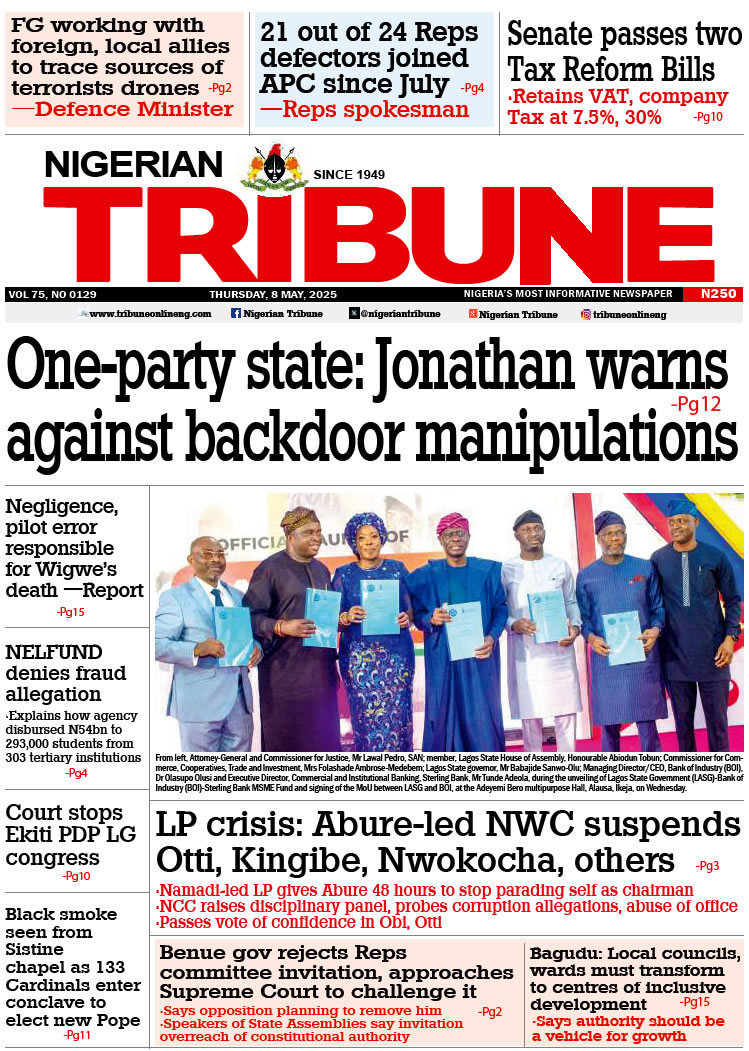As the 2019 elections draw closer and closer, the atmosphere is covered in red, white and blue, campaigns are in town. Interestingly, political campaign fads are not only about colours – the colours, in turn, bolster the styles and aura of the fads.
Today, we will focus on the major fashion trends in political campaigns, their styles and how they are donned.
Attires: It is noteworthy that most campaign attires have a taint of the community’s culture. When a campaign is held in the North, you expect to see Northern attires. In South-South and South-East parts, you would see male politicians wearing wrappers to show that they identify with the culture while females wear the traditional up and down wrapper. More so, one very common outfit is the western agbada. Interestingly, most political parties have their trademark agbada as they have their logos embroidered on them. Aside this, there are ankara outfits with political parties’ logos printed on them. This practice is common in the Eastern part of Nigeria. When traditional outfits are not donned, English attires are used. That is when you see politicians in suits.
Shoes: As most campaign styles are influenced by the community’s culture, politicians subscribe to loafers for convenience. Loafers sit well on cultural attires and they also offer convenience in stuffy conditions.
Accessories: To complement these outfits, there are accessories that the Nigerian society has come to perceive as normal. For instance, in PDP campaign you will see people with green-and-red umbrellas as an accessory while in APC campaigns you will see people with brooms. Those are trademark accessories fashioned after the political parties’ logos. Also, wristbands and face caps that carry the logos of political parties are a common sight. It is interesting to note that traditional caps used for campaigns differ from one another. In Western Nigerian campaigns, the traditional Yoruba caps are commonly used. Sometimes, the abeti aja is sighted if politicians decide to go cultural. In the East and South-south, the traditional red cap is mostly used.







